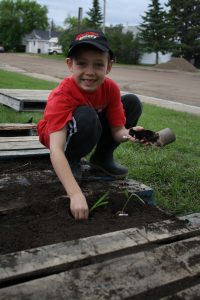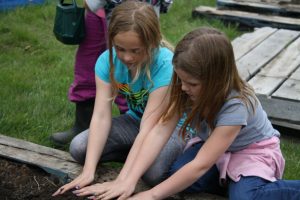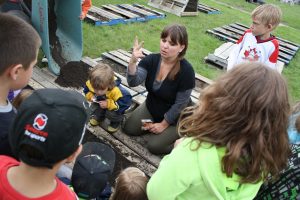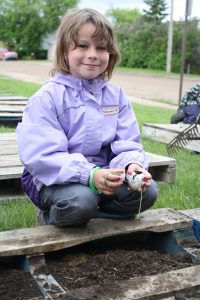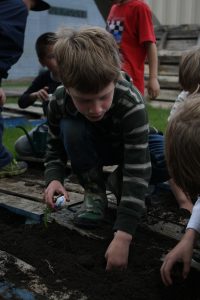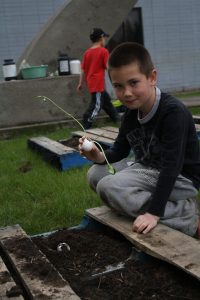Windscape Kite Festival
If you haven’t been to the WindScape Kite Festival in Swift Current, you really must go!
I had an incredible time, and I didn’t even take in any of the awesome nighttime concerts.
Although my days were filled with volunteering (face painting and kite making), I did get some time to peruse the grounds and was completely taken aback by all the activities: a Kinetic Sculptural Garden, whimsical characters on stilts, a hay bale maze, hourly shows of humour and dance, juggling and balancing acts, bubble stations … and more (so much more!).
For me, the highlight was arriving on site. There was something so thrilling about following the signs through the city, anticipation mounting, to finally come around a corner and see such enormous kites flying high in the air.
My days with the kids and volunteers were equally satisfying (although also very exhausting). I have done face painting before, but never to that extent. What a lesson in culture that was. Although there were pages of photos the kids could choose from, inevitably there were those who wanted to choose something different. And some of those choices required a bit of education (on my part, not theirs)! I learned much about the latest trends and fashions.
And in my last volunteer shift at the kite-making station, I learned about the heart of this festival… and I guess, one could say, the heart of Saskatchewan culture in general. I have heard that we are the volunteer capital of North America. But until this festival, my understanding of this claim was purely intellectual, not visceral.
Many interactions brought about this understanding.
One was learning that a guy named David single-handedly prepped all the kite materials for this festival. And he did it via volunteering. He cut every template, prepared every board of tape, and cut (and shaped) every piece of doweling. After my one shift, I am estimating that’s approximately 1500-2000 templates cut from garbage bags, and therefore 3000-4000 sticks of doweling. I’m not going to do the math on how many pieces of tape this man cut.
Then in my last hour of volunteering, there was the lady (twice my age) who told me that this was her sixth year volunteering. My feet were killing me and here she was smiling away telling me how she did it because she loved seeing the kids so happy. “Not one bad kid in six years. Not one!” she said.
And these are just two examples. This whole incredible cultural event is founded on volunteers. I heart culture, indeed!


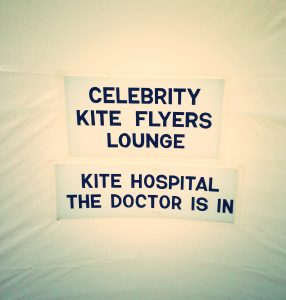


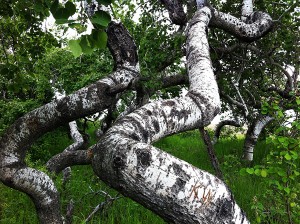
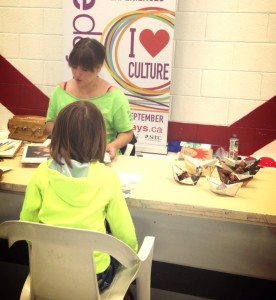
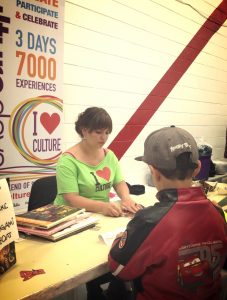
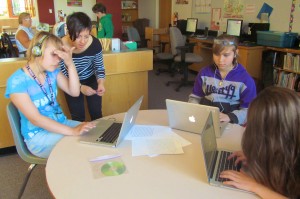 One of my favourite sayings is “the shortest distance between two people is a story” and it proved to be true, yet again, as we got to know one another through our stories. I stood back and watched as kids discovered details about their classmates’ lives and saw one another from new perspectives. They demonstrated empathy and were able to recognize similarities in their shared experiences.
One of my favourite sayings is “the shortest distance between two people is a story” and it proved to be true, yet again, as we got to know one another through our stories. I stood back and watched as kids discovered details about their classmates’ lives and saw one another from new perspectives. They demonstrated empathy and were able to recognize similarities in their shared experiences.